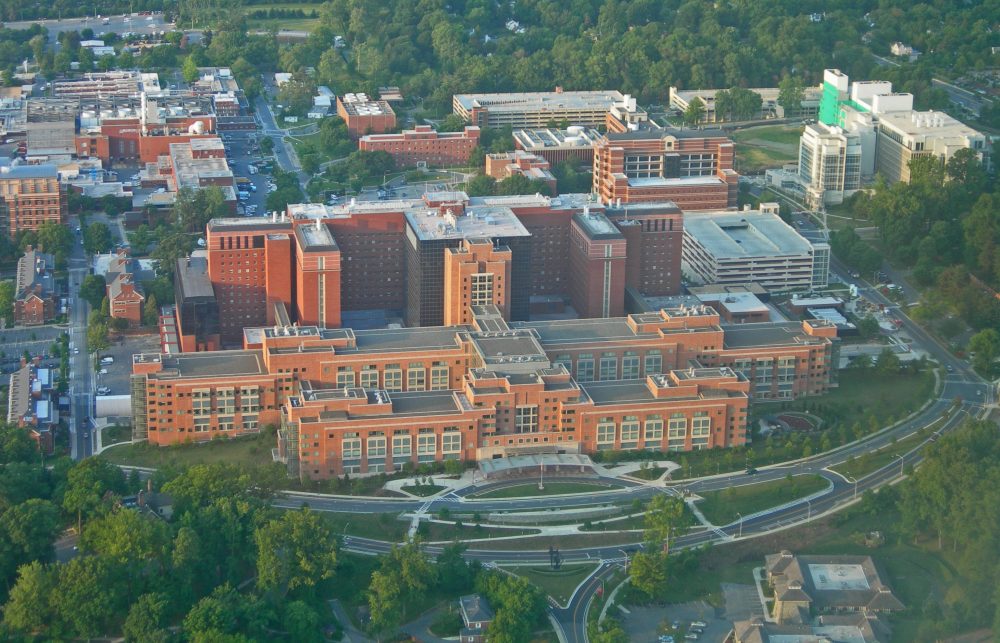WASHINGTON – The National Institutes of Health has a repair backlog of $1.5 billion at its Bethesda facility, and some help may be coming from Congress, where Maryland lawmakers have urged increased spending for the agency.
An Aug. 26 study by the National Academy of Sciences estimated repair costs of $1.3 billion through fiscal 2017 on the NIH’s Bethesda campus. But an NIH spokeswoman Emma Wojtowicz told Capital News Service the maintenance backlog at the site through the end of fiscal 2018 had since increased to $1.5 billion.
Ahead of the upcoming fiscal year, NIH Director Francis Collins presented some of the organization’s estimated costs to the House Appropriations Committee in April.
“NIH is aggressively using FY 2019 funding to address some of this backlog and ensure our facilities are both safe for patients and conducive to cutting-edge research and research support,” he said.
The total backlog for all NIH facilities was $2 billion through the end of fiscal year 2018, said NIH spokeswoman Renate Myles.
The academy study recommended that $700 million needs to be allocated immediately for improvements in Bethesda. The nonprofit found that 72% of buildings on the 310-acre complex are more than 20 years old, and that the average condition score for the buildings was poor.
In a document sent to the academy, the NIH’s maintenance staff outlined more than 400 improvements that need to be made to the facilities. It is estimated that $310 million is needed for electrical distribution systems, $162 million for a central utility system and $115 million for architectural, roof and elevator enhancements.
Maryland’s congressional delegation wrote a letter to the House and Senate Appropriations Committees on Sept. 5, asking that they consider the additional funding in upcoming spending measures.
“The report found instances of building system failures that place heightened risk to research and patient care and undermine the very mission of the NIH,” the letter read.
The letter was signed by Democratic Sens. Chris Van Hollen and Ben Cardin and all of Maryland’s Democratic House members (Rep. Dutch Ruppersberger, D-Timonium, is on the appropriations panel). The state’s only Republican lawmaker, Rep. Andy Harris of Cockeysville, also on the committee, did not sign.
“We must ensure NIH has the resources needed to conduct its critically important mission,” House Majority Leader Steny Hoyer, D-Mechanicsville, tweeted.
NIH is part of the federal Department of Health and Human Services.
For fiscal year 2020, President Donald Trump proposed cutting NIH’s budget from about $39 billion, to $34.4 billion, a decrease of 12.6%.
But Congress is showing interest in going above Trump’s request. The House in April approved a $2 billion budget hike for NIH and the Senate is proposing a $3 billion increase. Congress also approved a $2 billion increase in fiscal year 2019.
The administration proposed keeping the budget for NIH’s buildings at $200 million for fiscal 2020, a request the House agreed to. But the Senate, which still is working on its spending bill, wants to bump that up by $100 million.
Aside from an increase in funding, the National Academy of Sciences study made a series of recommendations to fix some of the issues plaguing the institution.
It suggested that NIH should designate funds within its maintenance account specifically for combating the repair backlog, build a new data program detailing the conditions of the buildings and prioritize its infrastructure issues to better match the institution’s funding needs.

